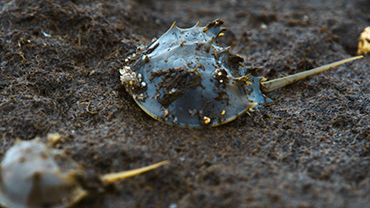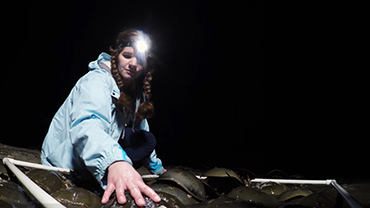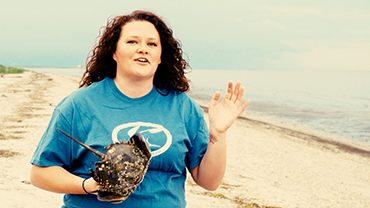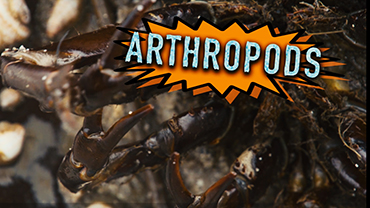Transcript
Volunteer 1:
We really do have a crab line tonight! Oh, this is so exciting!
Volunteer 2:
Three females and twelve males.
Volunteer 3:
Okay! Twelve and three.
Maggie Pletta:
Here in the Delaware Bay, in both Delaware and New Jersey, we complete spawning surveys every year from May and into June. It’s so important for us to do these surveys because we want to know how many horseshoe crabs we have so that we can properly manage them for the biomedicine, the eggs for the migratory birds, as well as watermen who collect them.
We go out during the full moon and the new moon, when you have your highest high tides. We come out with volunteers, and we take measurements every ten meters down the beach, and we count in a one meter by one meter quadrat how many male horseshoe crabs and how many female horseshoe crabs we have.
Volunteer 2:
Four females.
Volunteer 3:
Okay.
Volunteer 2:
And eleven males.
Volunteer 3:
Okay.
Maggie Pletta:
That data is collected from Cape Henlopen in southern Delaware all the way up to Woodland Beach, and then across the New Jersey side as well.
Volunteer 3:
Zero, zero. Zeroes are data, right?
Maggie Pletta:
All that data is put together, and it’s used to figure out what our spawning population of horseshoe crabs is in the Delaware Bay.
 An official website of the United States government.
Here's how you know we're official.
An official website of the United States government.
Here's how you know we're official.






